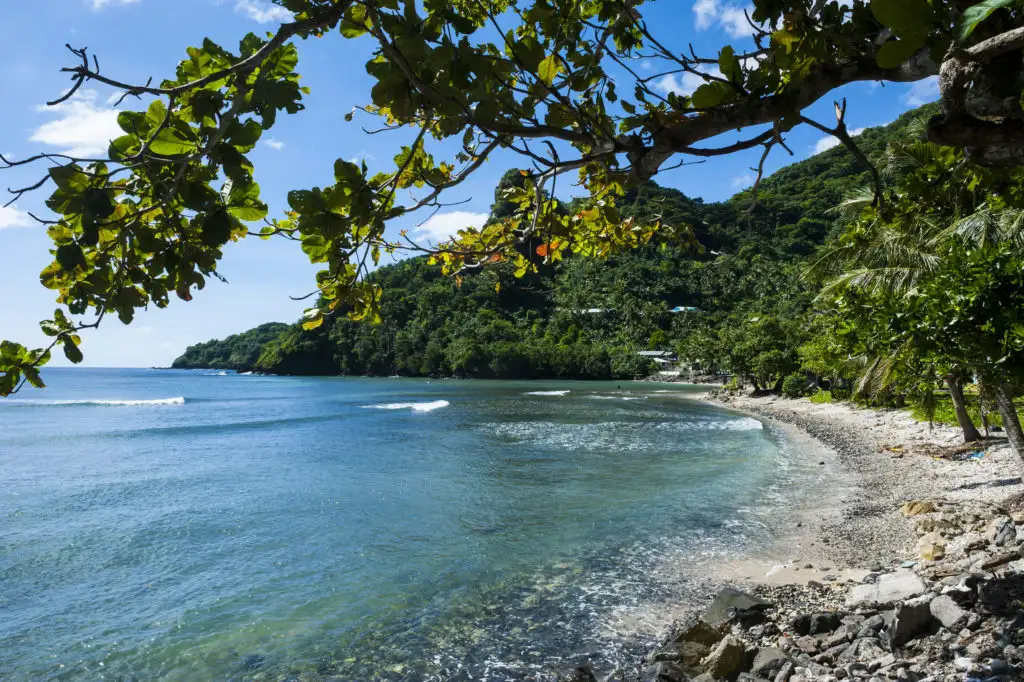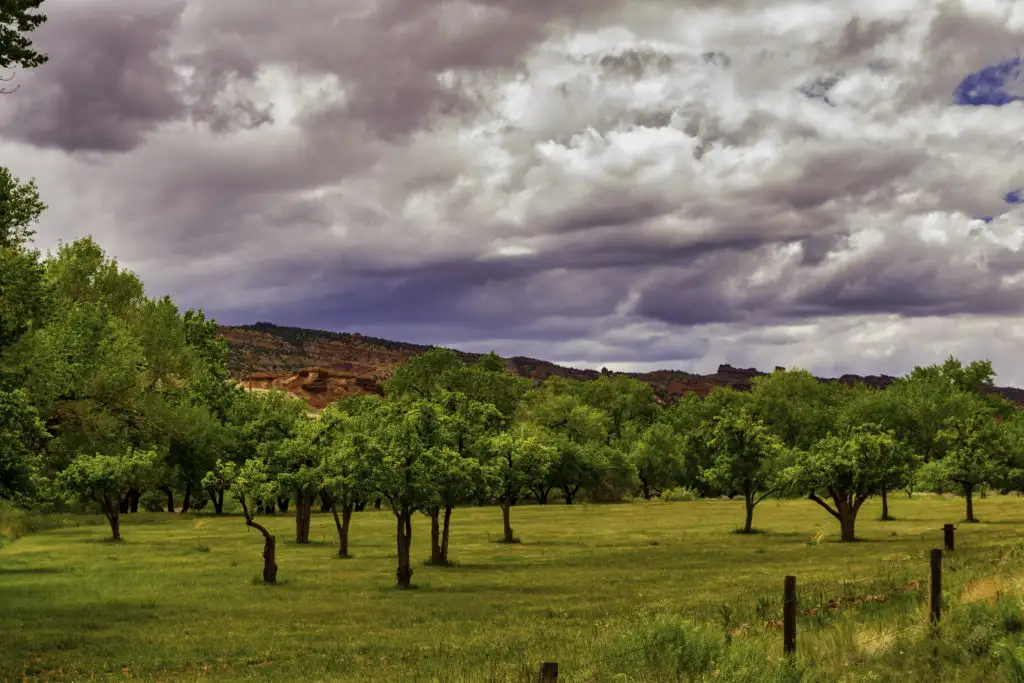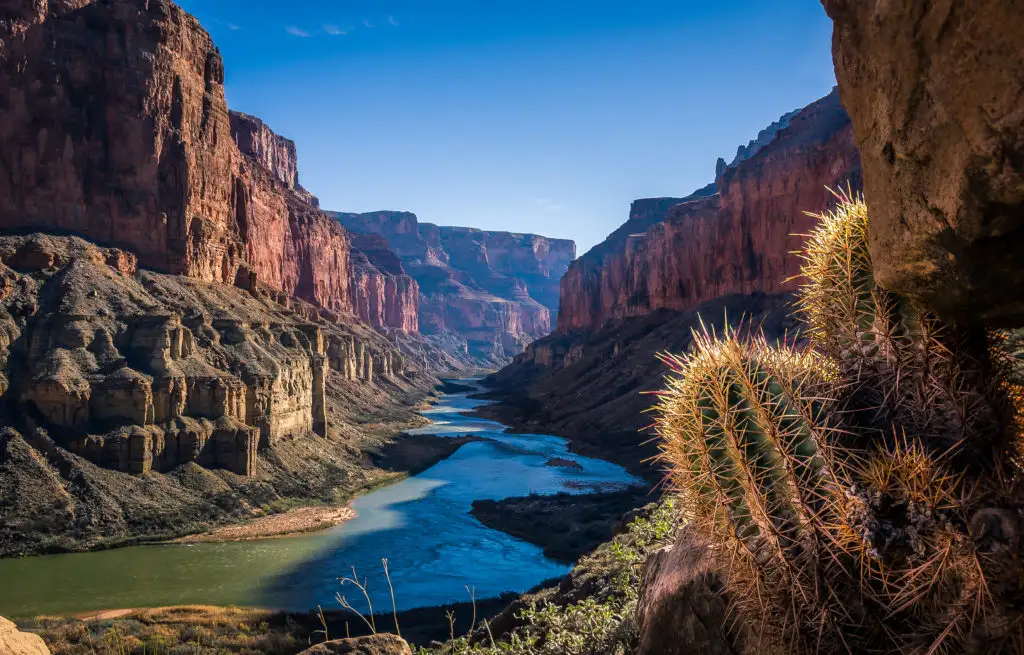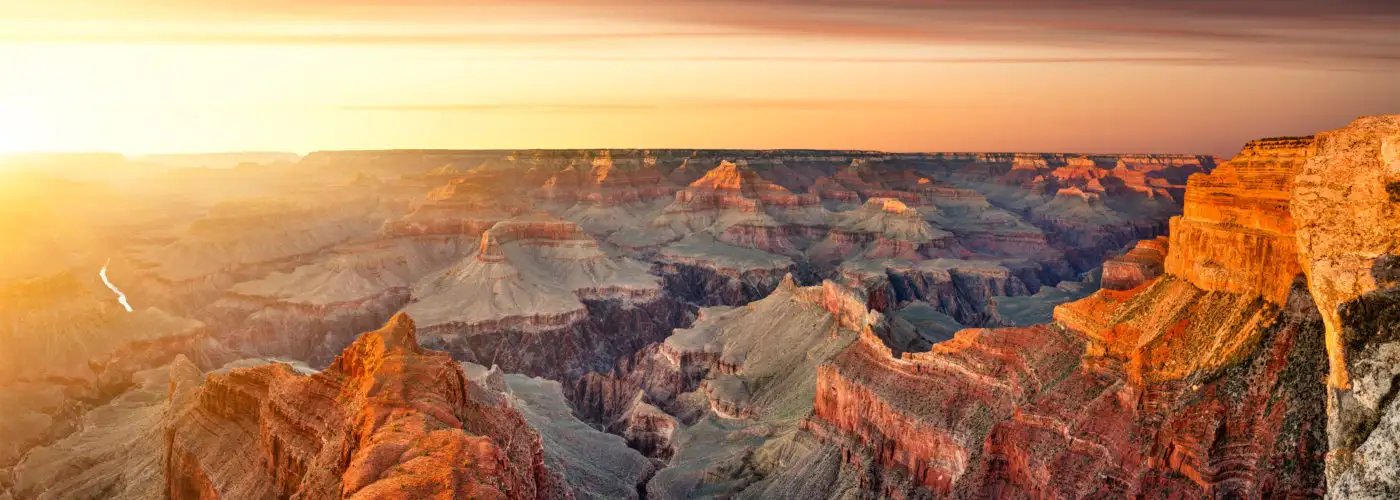From live bear shows at garbage dumps to places where you can (legally) pick your own fruit, the national parks hold a lot of secrets. Here are nine unbelievable facts that we bet you didn’t know about America’s national parks.
There Used to Be a Garbage Dump Inside Yellowstone
It’s hard to imagine a garbage dump in the middle of a pristine park, but one operated inside Yellowstone National Park until the 1970s. Unlike today, where feeding park wildlife can cost you a $5,000 fine and up to one year in jail, Yellowstone used to hold nightly bear shows around the garbage dump. Visitors to the park could sit on bleachers around the trash pit and watch the bears as they came for a nightly feast. These shows were held up until the 1940s and often attracted up to 250 bears at a time. After a series of bear attacks (on vehicles and people), the shows were halted—but the dump remained until the 1970s.
There Fish Are That Live Inside Death Valley National Park
Death Valley is a desert valley and is the hottest, driest, and lowest national park in the United States. Although you might expect to find snakes and vultures in the park, you may be surprised to find fish in this inhospitable environment. There are five species of fish that have evolved to adapt to the hot conditions in Death Valley, and you can find them in creeks and springs around the park. Keep an eye out for the Desert Pupfish, an endangered fish that can survive in water temperatures that are hotter than 90 degrees.
There Is One National Park That’s South of the Equator

The national park system expands further than you think—all the way past the Equator, in fact. The National Park of the American Samoas is one of the most beautiful parks, but also one of the hardest to visit.
Established in 1988, this park spans three tropical islands in the South Pacific Ocean. Bonus fun fact: The National Parks Service does not own the land for this park—instead, it is leased from eight nearby villages.
National Park Visitors Spend Billions of Dollars Every Year
All those park entrance fees add up—visitors to the national parks spent $14.5 billion in national parks and the surrounding communities (within 60 miles of a national park). National park visitors spent the most in California, where visitors doled out over $1.7 million.
Less Than 3,000 People Visited the Least-Visited National Park Last Year
A mere 2,872 people visited Alaska’s Gates of the Arctic National Park in 2020. By comparison, 12.1 million people visited Great Smoky Mountains National Park. According to the National Parks Service, 25 percent of total visits to the national parks occur in just six parks.
You Can Pick (and Eat) Your Own Fruit at a National Park

Most national parks ask visitors to “take only pictures and leave only footprints”, but Capitol Reef National Park in Utah is the opposite. This park is home to a variety of fruit orchards, where visitors can pick their own fruit to eat. Visitors can pick from any orchard that has a “U-Pick Fruit” sign, and must pay for their bounty at self-pay stations throughout the park.
You Can Take a Rowboat Into Another Country in One Park
Big Bend National Park sits on the border of Texas and Boquillas, Mexico and visitors to the park can easily cross over into Mexico to visit this charming village. After passing through the port of entry, guests can pay $5 to be ferried across the Rio Grande on a small rowboat. You can also walk across the river for free, but the water level can get too high for this to be recommended at times.
Great Smoky Mountains National Park Has Been the Most-Visited Since 1944
Great Smoky Mountains National Park has claimed the most-visited title in the entire parks system every year since 1944. Grand Canyon National Park was the second-most visited national park for 30 years, but it dropped down to sixth place in 2020—Yellowstone National Park moved up from sixth to take the second place spot.
Someone Hiked the Grand Canyon in Under Three Hours

Hiking in and out of the Grand Canyon takes most visitors around eight grueling hours—unless you’re Jim Walmsley. Walmsley holds the record for the fastest known time for hiking the Grand Canyon, running from the South Rim to the North Rim in just 2:46:08. In case that wasn’t enough, Walmsley then ran back to the North Rim, completing the 42 miles in a record-breaking 5:55:20.
You Might Also Like:
• The One Thing You Should Do in Every U.S. State• 10 Strangest Places to Stop on a U.S. Road Trip
• 10 Best Hidden Places in Ireland
• Planning a Trip to the Grand Canyon
• Where Can You See the Northern Lights?
We hand-pick everything we recommend and select items through testing and reviews. Some products are sent to us free of charge with no incentive to offer a favorable review. We offer our unbiased opinions and do not accept compensation to review products. All items are in stock and prices are accurate at the time of publication. If you buy something through our links, we may earn a commission.
Related
Top Fares From
Today's Top Travel Deals
Brought to you by ShermansTravel
Shop and Save with Country Inns...
Patricia Magaña
 Hotel & Lodging Deals
Hotel & Lodging Deals
$229 -- Chicago: Discounted Rates and...
Francesca Miele
 Hotel & Lodging Deals
$229+
Hotel & Lodging Deals
$229+
$188 -- Honolulu: Save on Oceanview...
Abigail Lamay
 Hotel & Lodging Deals
$188+
Hotel & Lodging Deals
$188+




